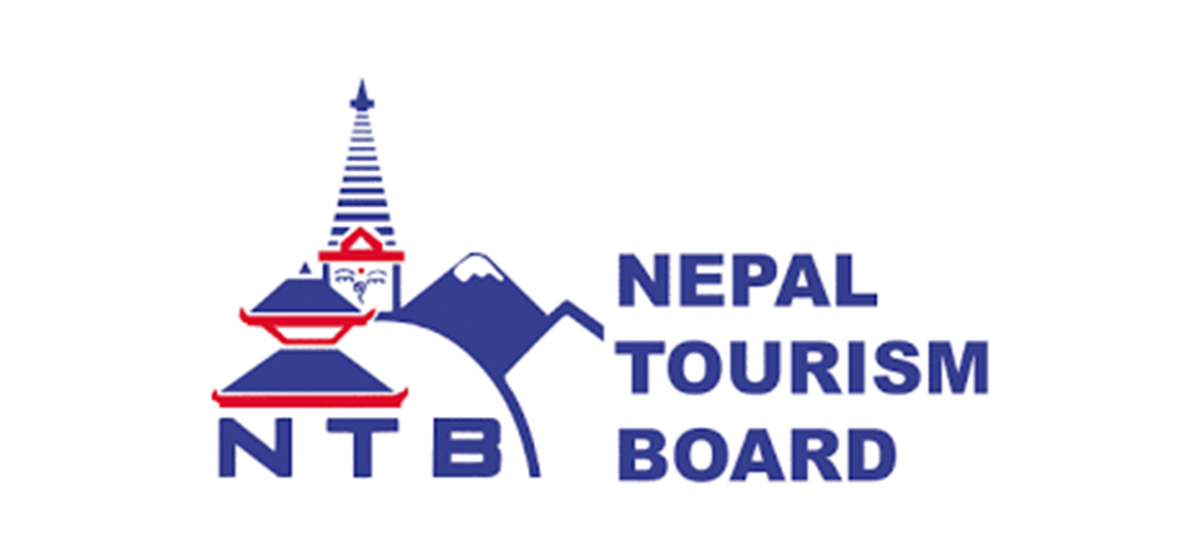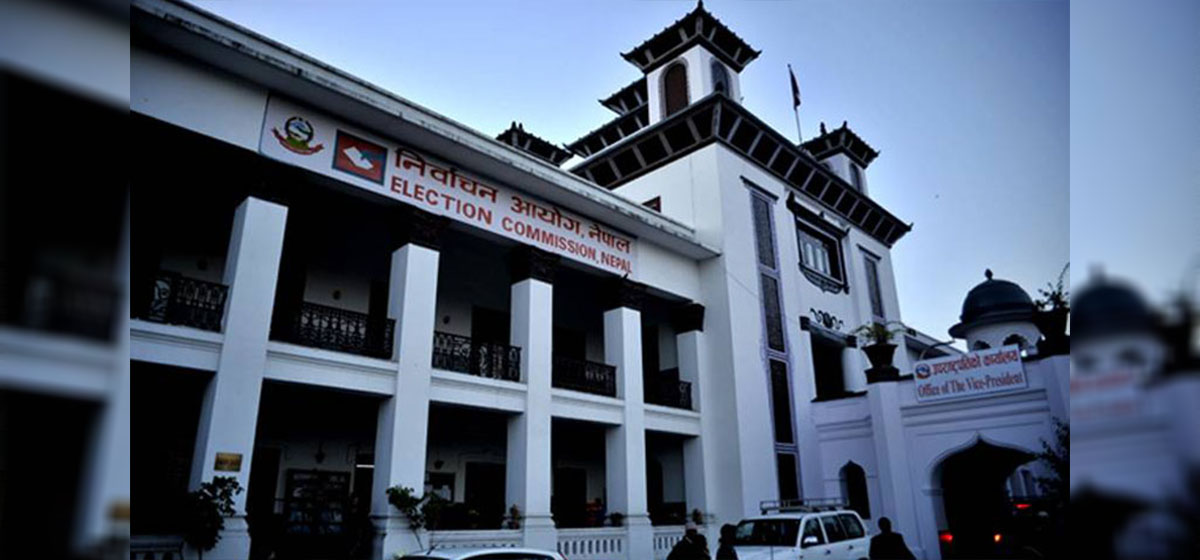#Nepal's Hotel Boom
As we bid farewell to 2023, Nepal's tourism landscape is undergoing a remarkable transformation, with the addition of 20 star hotels in the past three years. This surge in the hospitality sector, marked by the establishment of four five-star and 16 four-star hotels, signifies a positive and promising development for the nation. The construction of these high-end hotels is not merely a testament to the country's economic growth but also a strategic move to position Nepal as a premier tourist destination. These establishments, including noteworthy names such as Hotel The Kingsbury, Hyatt Place, Ichha Hotel, and Hotel Lhasa International, exemplify the significant investments being made to elevate Nepal's hospitality standards. For instance, Hotel The Kingsbury in Birtamod, with its impressive 82 rooms and 100 beds, stands as a beacon of luxury in the region.
India committed to enhancing connectivity: Indian envoy

These developments underscore the potential of the hospitality sector to boost tourism. With a rise in the influx of foreign tourists, particularly as the pandemic recedes, the demand for top-notch accommodations is on the upswing. This trend not only reflects positively on the hospitality industry but also has far-reaching implications for employment opportunities at home and a substantial contribution to the national economy through foreign currency earnings. The geographical expansion of these star hotels is also a noteworthy aspect of this growth story. It is heartening to observe that the rise in four-star hotels is not confined to Kathmandu alone but extends to various locations across the country. This expansion is a testament to the diversification of tourism beyond the capital and the eagerness of hotel entrepreneurs to tap into the potential of different regions.
Binayak Shah, the president of the Hotel Association Nepal (HAN), rightly attributes this rapid growth to the country's economic development. Nepal's strategic location between China and India positions it as a key player in the tourism arena. However, for this growth to be sustained and to attract even more visitors, it is crucial for the government to invest in enhancing connectivity and other tourist infrastructures. The construction of two new international airports including Gautam Buddha International Airport and Pokhara Regional International Airport, is a positive development. However, there is a need for a comprehensive strategy that includes not only airport facilities but also road networks, public transportation, and digital connectivity. A holistic approach is required to create an environment conducive to prolonged tourists’ stay and exploration beyond the major hubs.
While the government has successfully met its target of welcoming one million tourists annually, there is a compelling case for further investment in connectivity and tourist infrastructure to extend the average length of stay in Nepal. As we celebrate the addition of these 20 star hotels, let us also recognize the potential for exponential growth in tourism. The government must seize this opportune moment to channel resources into building the necessary infrastructure that will enhance connectivity and create an immersive experience for tourists. By doing so, Nepal can not only meet but exceed its tourism targets, offering visitors a rich and fulfilling experience while simultaneously bolstering the nation's economic prosperity.






































